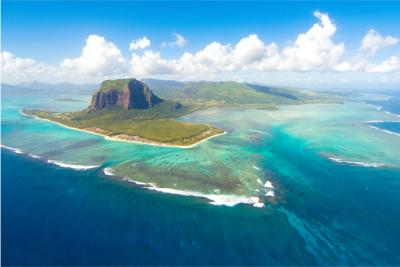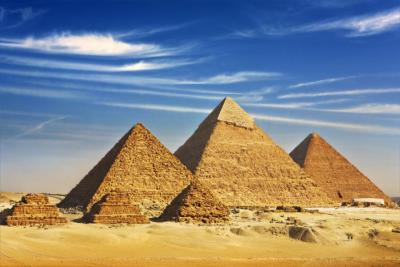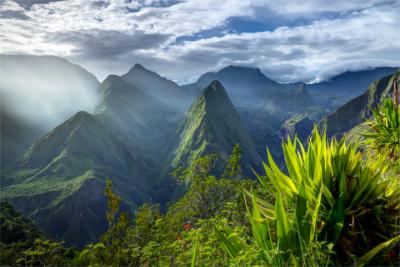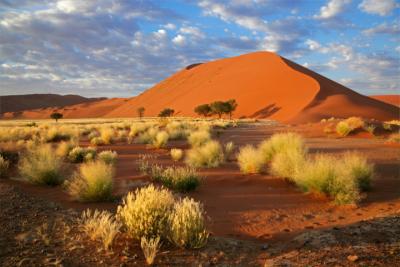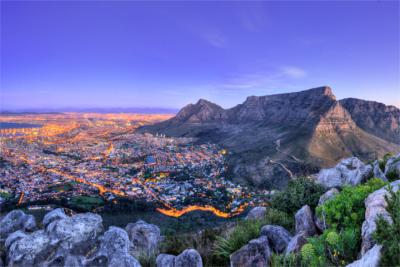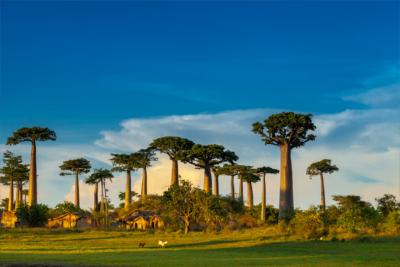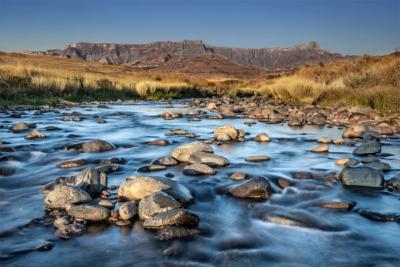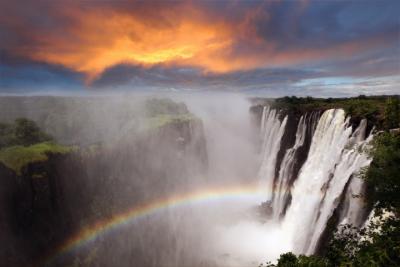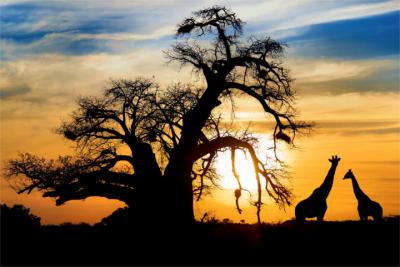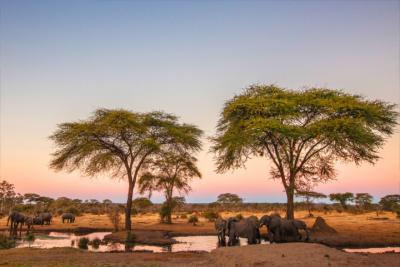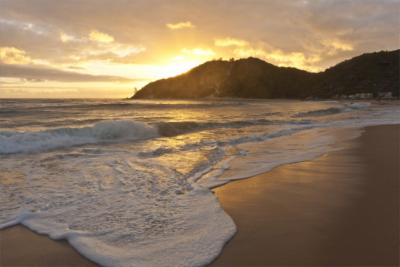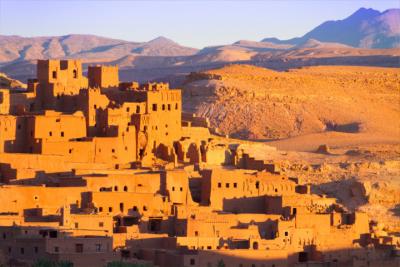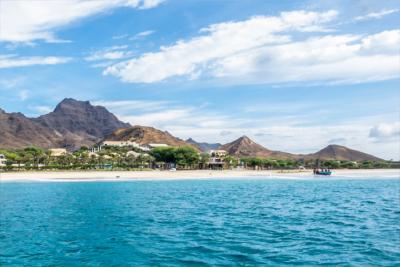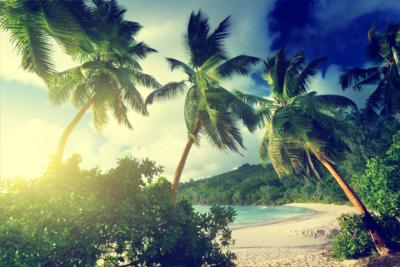Travel Offers
Travelmyne Featureprint
Distance
Cape Town - At the Foot of the Table Mountain
Cape Town, the city below the Table Mountain, impresses with its various cultural influences and unique natural beauty. Other fascinating attractions in South Africa's second biggest city are the prison of Robben Island, the wonderful colonial architecture and the lively harbour district.
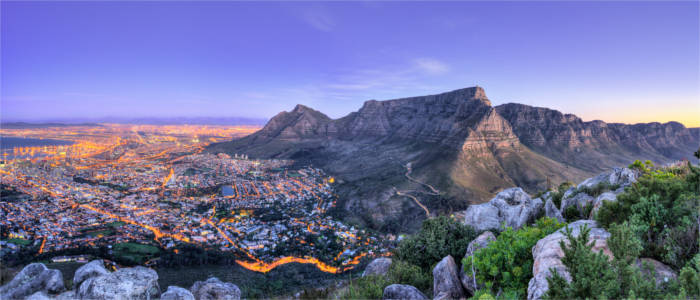
Geography - South Africa's second biggest city
Cape Town is the capital of the South African province of the Western Cape and the country's second biggest city (2,460 km²) after Johannesburg. The metropolis lies in the south-west of South Africa at Table Bay at the Atlantic Ocean. A prominent geographical feature, popular sight and Cape Town's capital is the Table Mountain (1,087 m). Together with the Signal Hill, the Lion's Head and the Devil's Peak, it is an important part of the city's panorama. The Cape of Good Hope about 40 kilometres outside of the city is another geographical attraction. The climate here is Mediterranean. Due to the geographical position, the yearly temperatures only fluctuate slightly. The "coldest" month is July with temperatures around 16 °C.
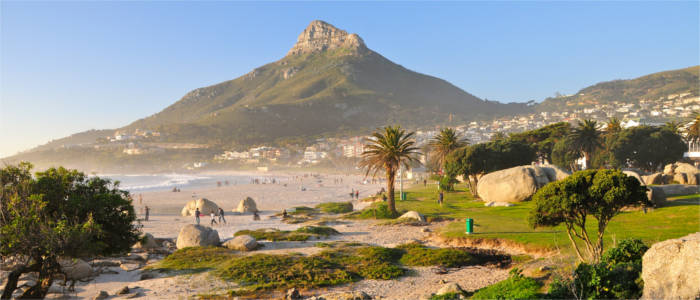
Culture - Melting of cultures
Cape Town, which was named after the Cape of Good Hope, was founded as a supply station by the Dutch Jan van Riebeeck in 1652 because of its favourable geographical position. Prior to this, the area was settled by the African tribes of the San and Khoikhoi. The import of slaves from Madagascar, India, Malaysia and Indonesia caused a melting pot of Asian, European and African tribes, which formed the origin of the present-day population. They had to suffer a lot from the apartheid in the 20th century and the organised racial segregation in the country. Districts divided according to skin colour and forced displacement of black inhabitants into run-down areas left a mark on people's awareness. The former residential area of the District Six is a much-cited example. The release of Nelson Mandela in 1990 promised improvement. Despite the visible consequences of the apartheid regime, Cape Town is now a place where Asian, African and European cultures blend together. The Malay Quarter (Bo-Kaap), the City Hall in British colonial and Renaissance style and the Castle of Good Hope, the country's oldest preserved building, are only a few examples. Other highlights in the metropolis are the harbour district of Victoria and Alfred Waterfront, the Two Oceans Aquarium and the prison island and World Cultural Heritage site of Robben Island, where Nelson Mandela spent 18 years of his life. A sight of a different kind are the townships, Cape Town's ghettoes. As bizarre as it might sound, these slums are visited by many tourists. There are guided tours which show travellers the living conditions and (supposedly) the culture in this area. Whether this form of tourism is positive, authentic or simply a kind of a social rush of adrenaline is debatable.
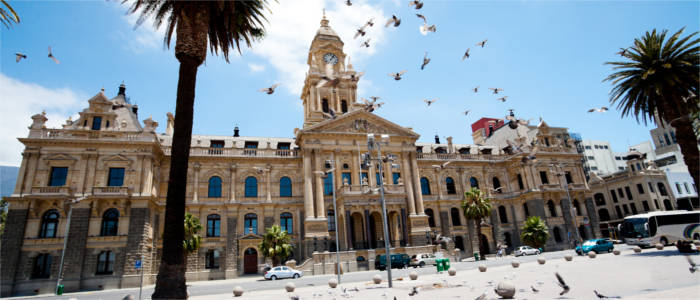
Experience - Shopping at the Waterfront and partying on Long Street
Cape Town is a paradise for shopping fans. You see shopping centres and miles, street vendors and rag shops in many parts of the city. Particularly prominent examples are the Canal Walk shopping centre in the Century City in the north of the city and the harbour district of Victoria & Alfred Waterfront. The latter is a popular tourist destination, part of many tours and a real entertainment centre. It offers a big wheel, numerous shops, restaurants and live music. Another entertaining location is the Ratanga Junction theme park. In the evening, you can visit the Long Street, which is over 300 years old and one of the city's most lively streets. It has been partly restored with Victorian facades and accommodates countless restaurants, pubs, bars and clubs. A more tranquil and relaxed way of spending the night is having a glass of wine in the nearby Winelands. There are many wine-growing regions around the city which invite travellers to tastings and spoil their senses with restaurants, picnics and a breathtaking mountain panorama.
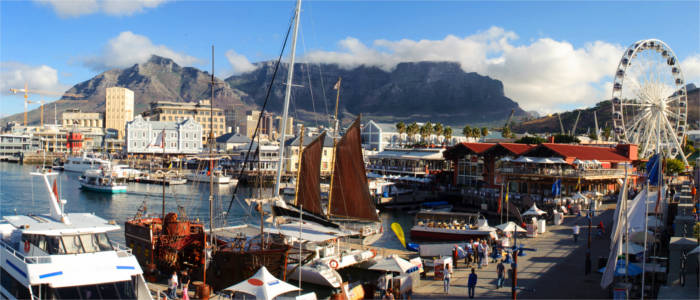
Activities - Hiking on the Table Mountain
Cape Town offers excellent conditions for going hiking. The obvious destination is the summit of the Table Mountain. Many hiking trails in the National Park of the same name lead you to the famous peak. The less demanding alternative is a ride with the cable car. Due to the city's geographical position at the Atlantic Ocean, diving is another popular leisure activity. The beaches near the city and in its surroundings (Camps Bay, Clifton, Blouberg, Boulders Beach) are perfectly suited for all kinds of water sports.
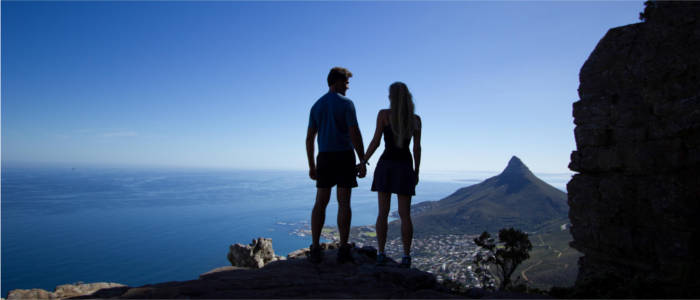
Information
The best time for a visit to Cape town is between September and January. At this time, it is warm and there is relatively little precipitation. The winter (May to August) is cooler and has more rain. You best arrive at Cape Town International Airport. The country's second largest airport is almost 22 kilometres away from the city centre and is considered the tourist gateway to South Africa.
Cape Town is a fascinating holiday destination, especially for lovers of nature, culture enthusiasts and adventurers. The unique mix of culture, nature and entertainment leaves no room for boredom.


